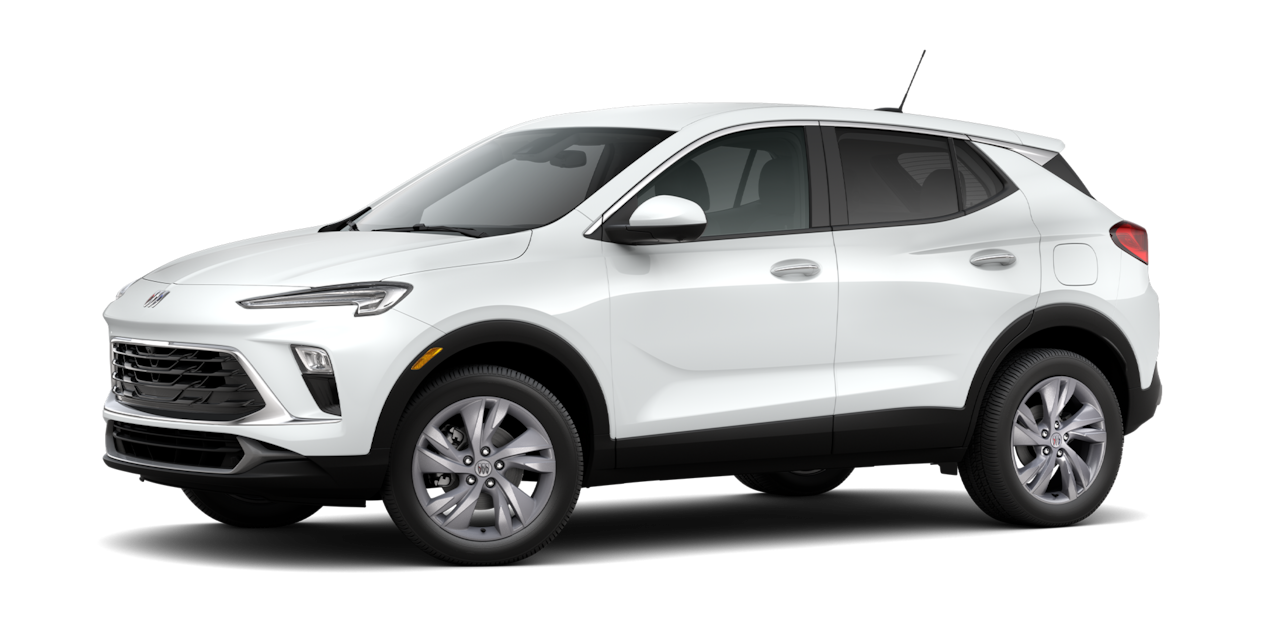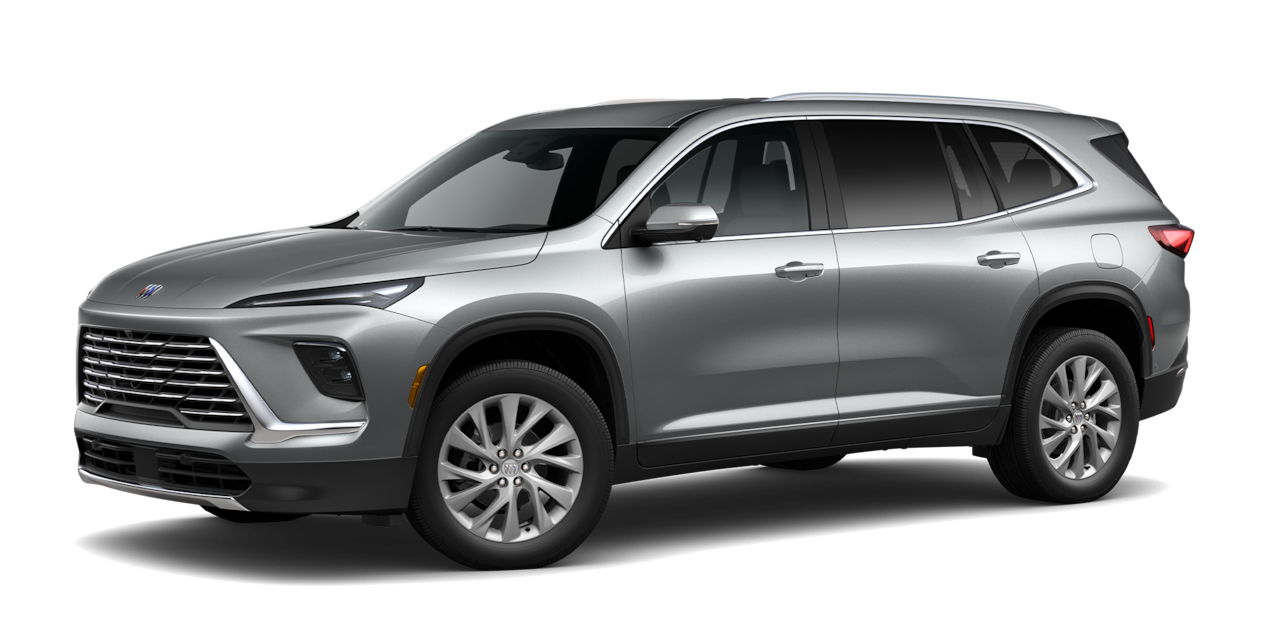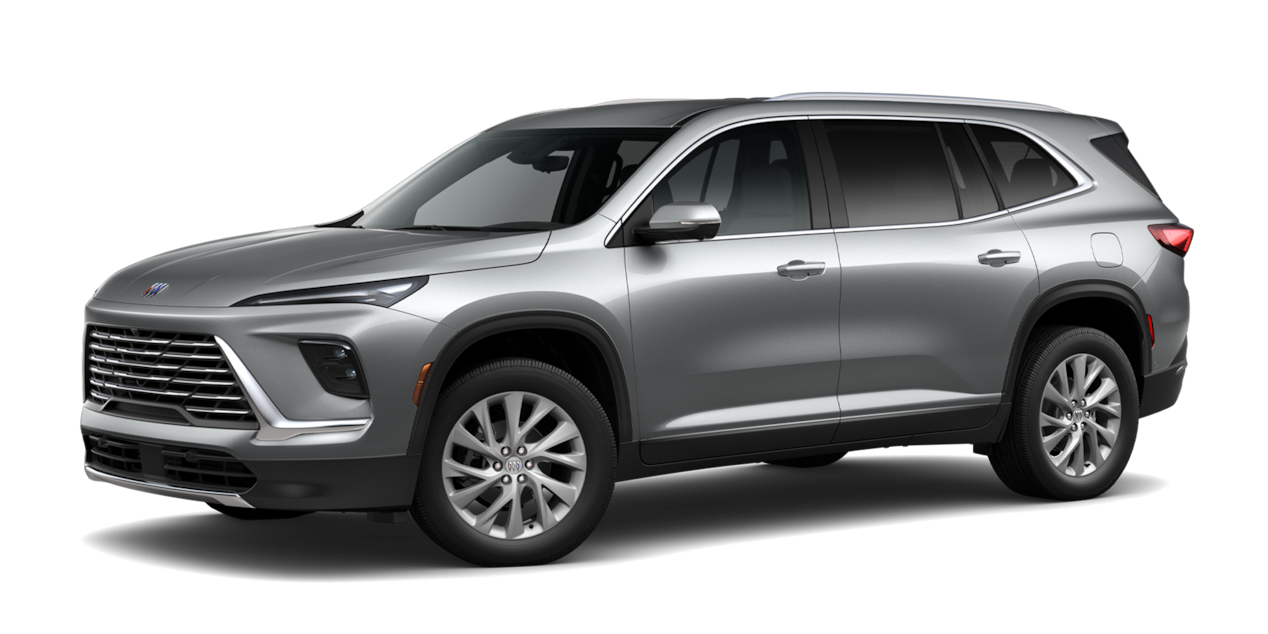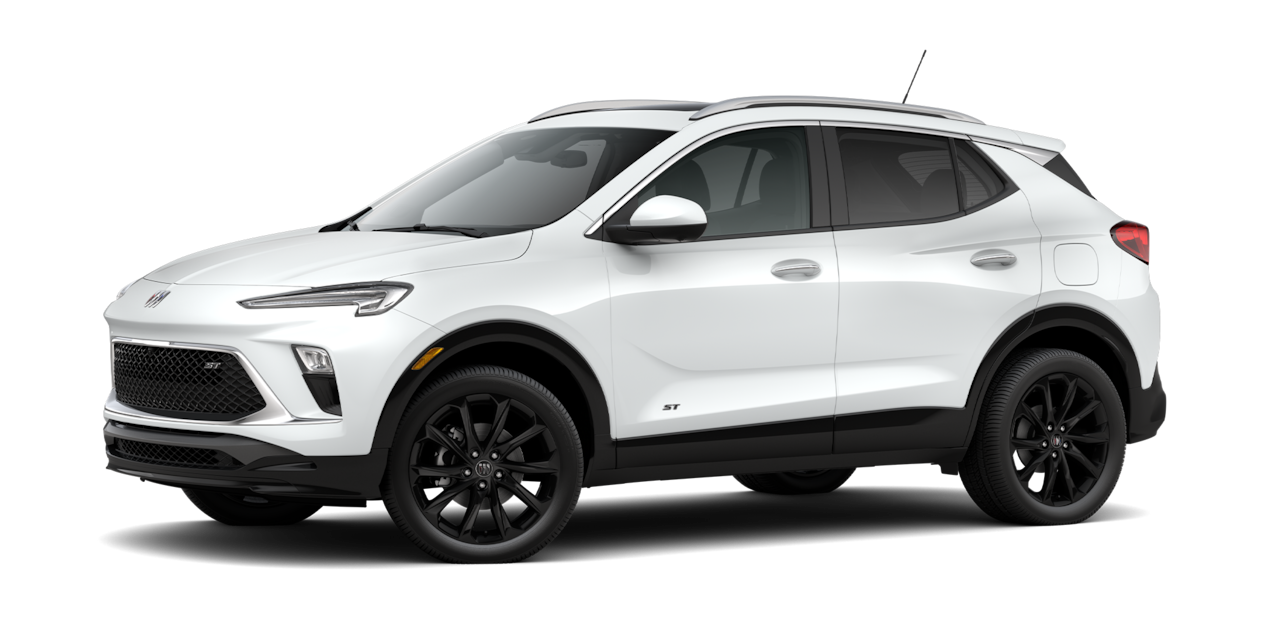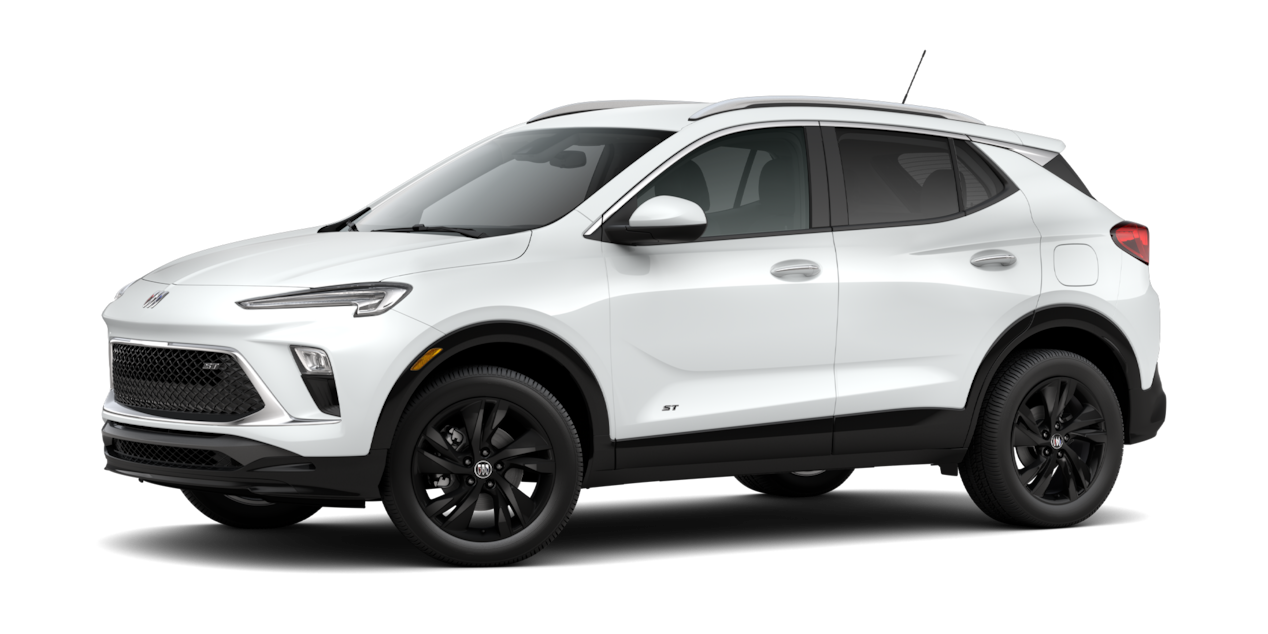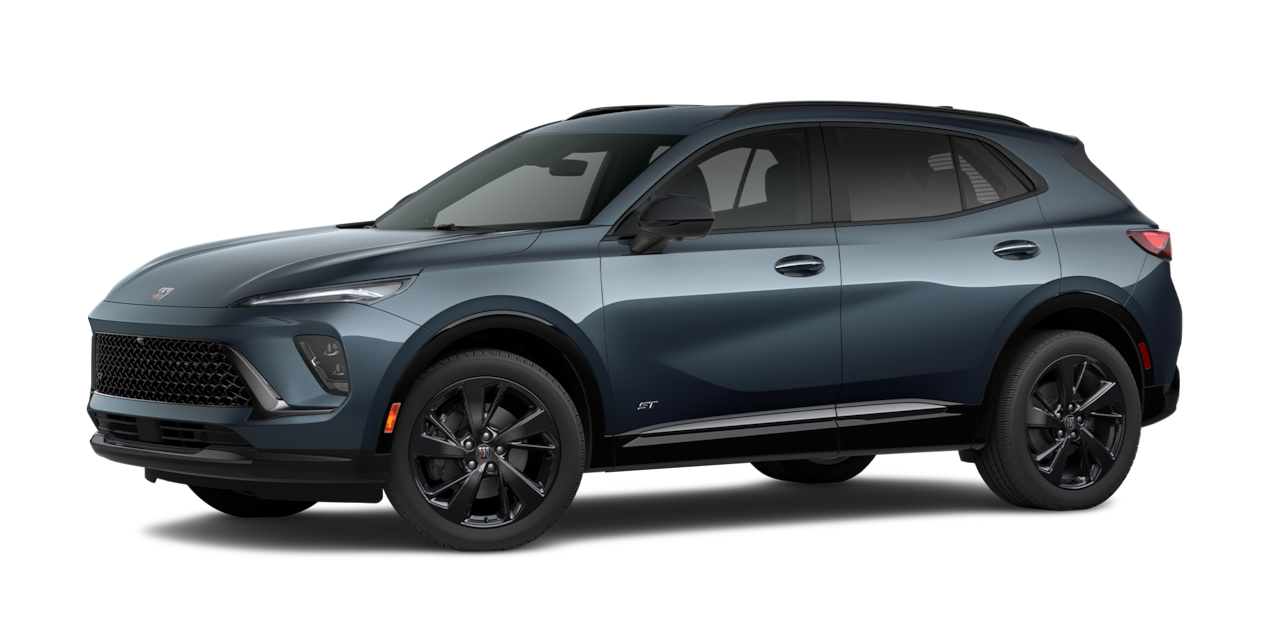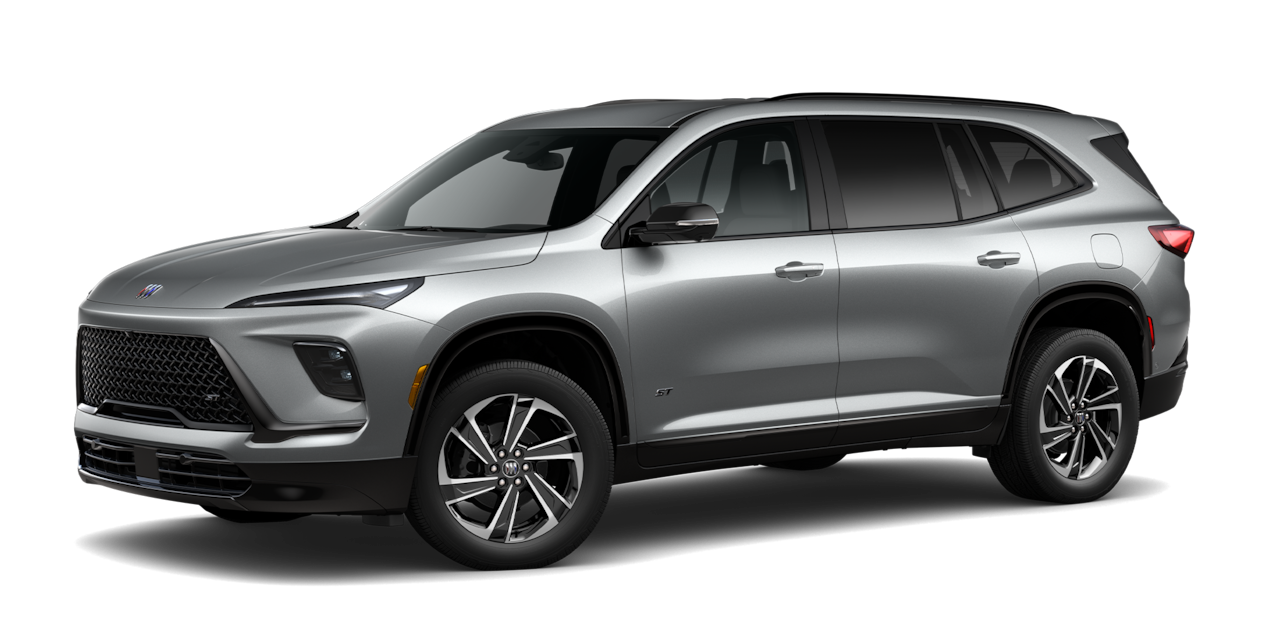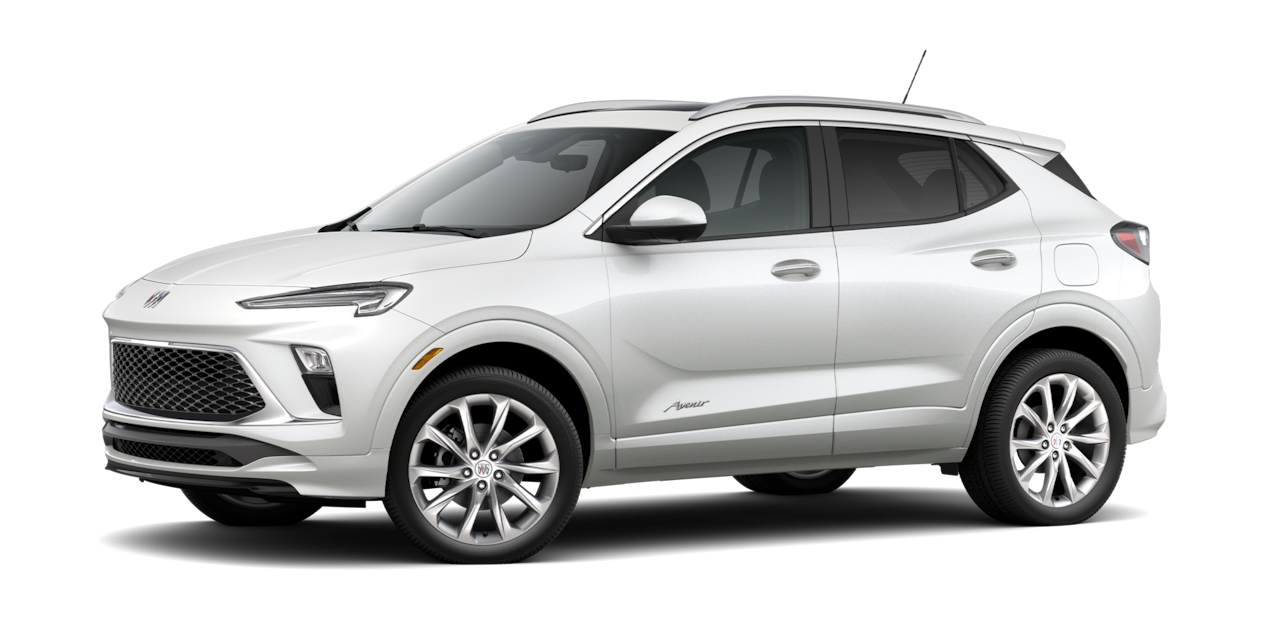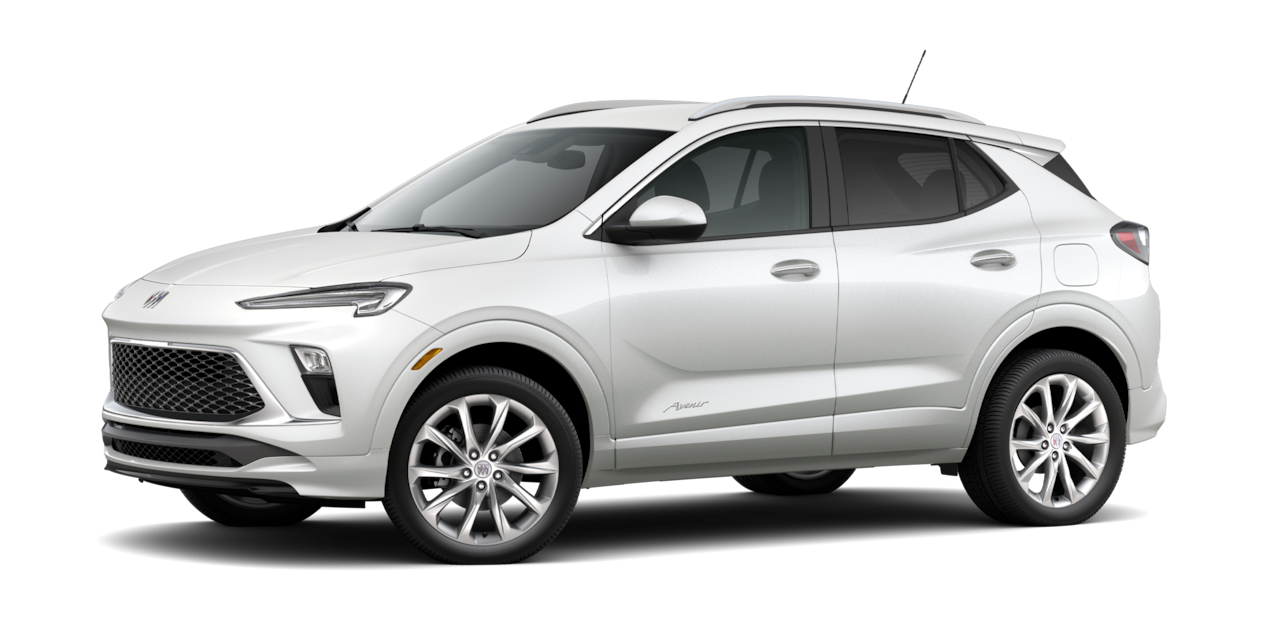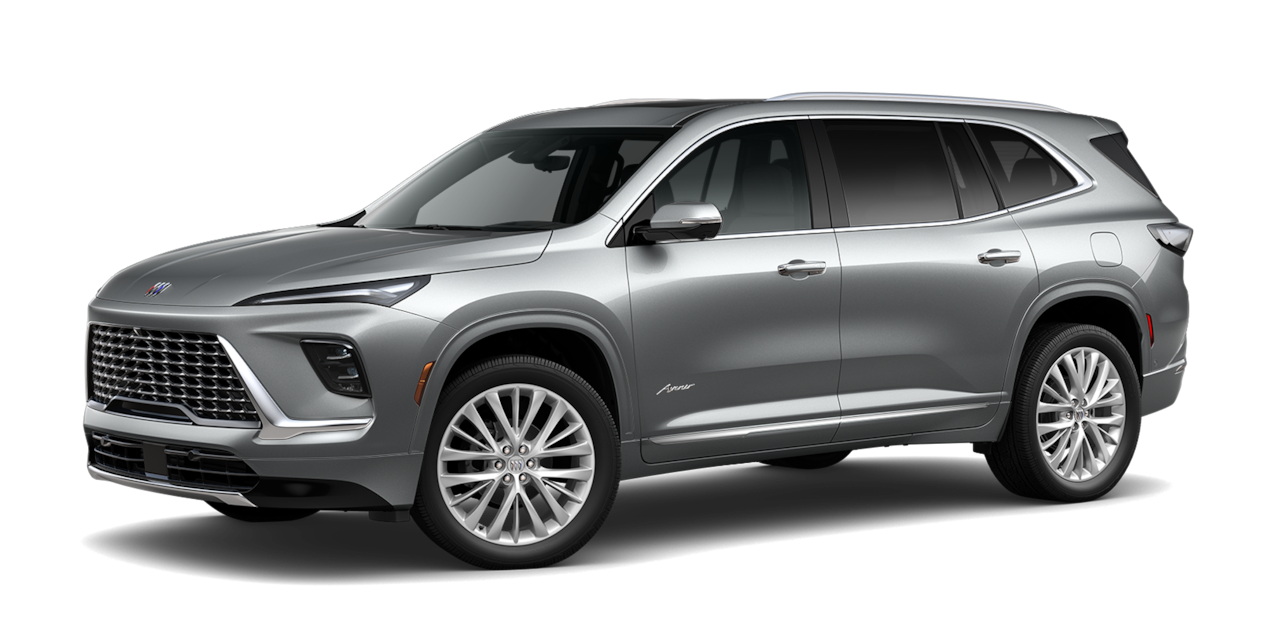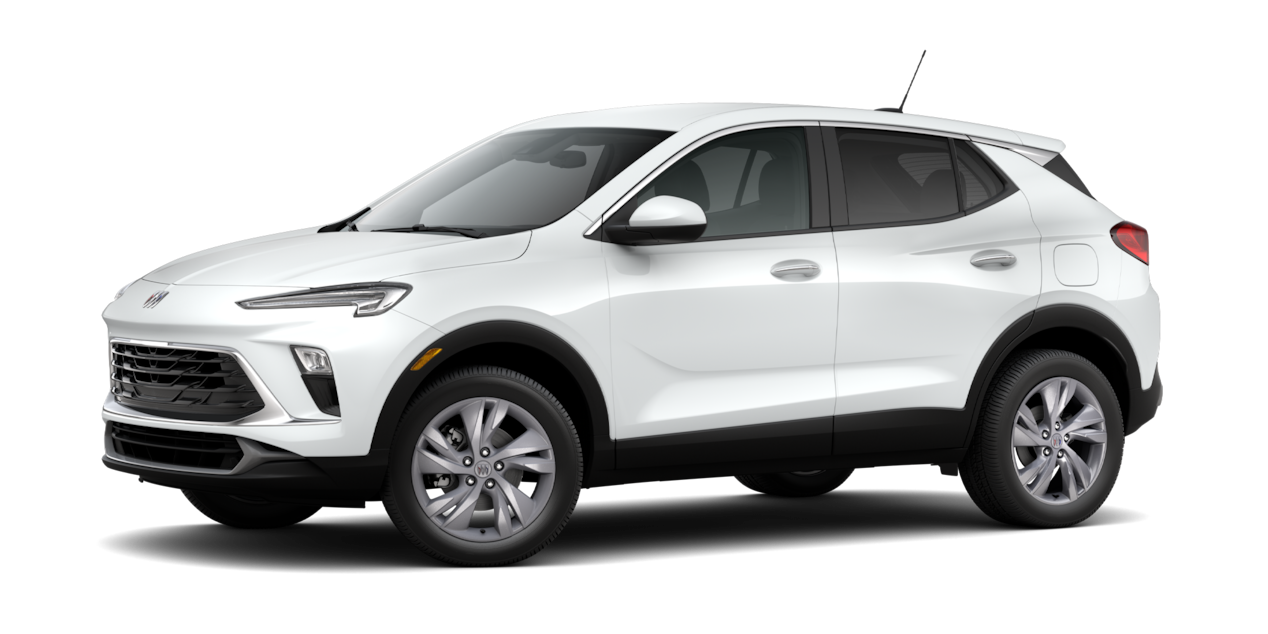About the Brake System
Your brakes are critically important safety features — keeping them in optimal condition should always be a top priority. Here you’ll learn about key brake components, basic brake care and the signs indicating that brake service is necessary.
Major brake components
Most GM vehicles are equipped with disc brakes at all four wheels. Key disc brake components include:
A. Brake Pads — Brake pads are comprised of frictional material that presses against the rotor to slow and stop your vehicle.
B. Rotor — The rotor is a disc that rotates with the wheel. The brake pads press against the rotor to slow and stop the vehicle.
C. Brake Caliper — The brake caliper is a hydraulic clamp that presses the brake pads against the rotor.
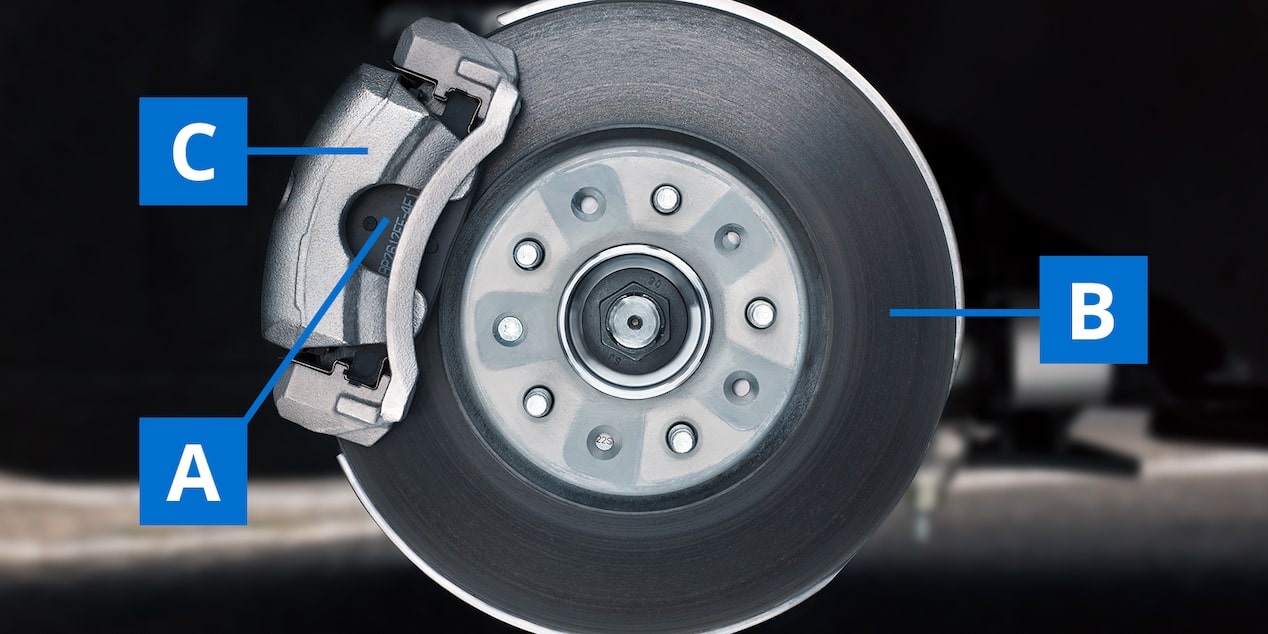
Some GM vehicles feature disc brakes at the front wheels and drum brakes at the rear wheels. In a drum system, the drum rotates with the wheel. During braking, brake shoes press against the inside of the drum, creating friction, to slow and stop the vehicle.
Basic brake care
Your brake system will need to be maintained throughout the life of your vehicle. There are no specific mileage intervals for brake service because brake wear varies depending on driving habits and conditions. That’s why at GM Dealerships your brakes are inspected during every Multipoint Inspection. Trained technicians will inspect your vehicle’s front and rear brake pads (or shoes), rotors, hoses and calipers for wear. They’ll also inspect fluid lines for cracks and leaks.
Signs that brake service is necessary
The brake pads in your brake system may feature Brake Wear Indicators that will alert you when service is necessary. The indicators are metal tabs built into the brake pads. When the pads wear to the point that the indicators are revealed, the tabs will rub against the rotors when the brakes are applied, emitting a chirping, squealing or whistling sound. When you hear any of these sounds, it’s time to get your brakes checked.
Your vehicle may also feature a Brake Pad Life Monitor that uses front and rear thickness sensors to estimate brake pad wear. When service is needed, it will display a message in the Driver Information Center.
Other signs your brakes may need service:
- Grinding noises
- Longer-than-normal stopping distances
- Spongy brake pedal feel
- Brake pedal extends farther than normal
- Vibration in the brake pedal or steering wheel when the brakes are applied
- Vehicle pulls to the left or right when the brakes are applied
If you have any questions or concerns, ask the Certified Service Experts at your local dealer.
For your security, please don’t include personal info such as phone number, address or credit card details.
Related links and resources
Q&As
Our support search experience is powered by an AI assistant.
To find out if your vehicle has this feature, contact your dealer or refer to your vehicle’s equipment list. Please check your Owner’s Manual for more information about features.




